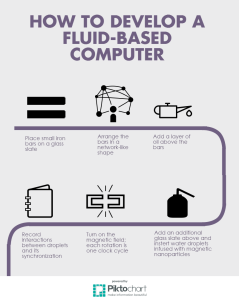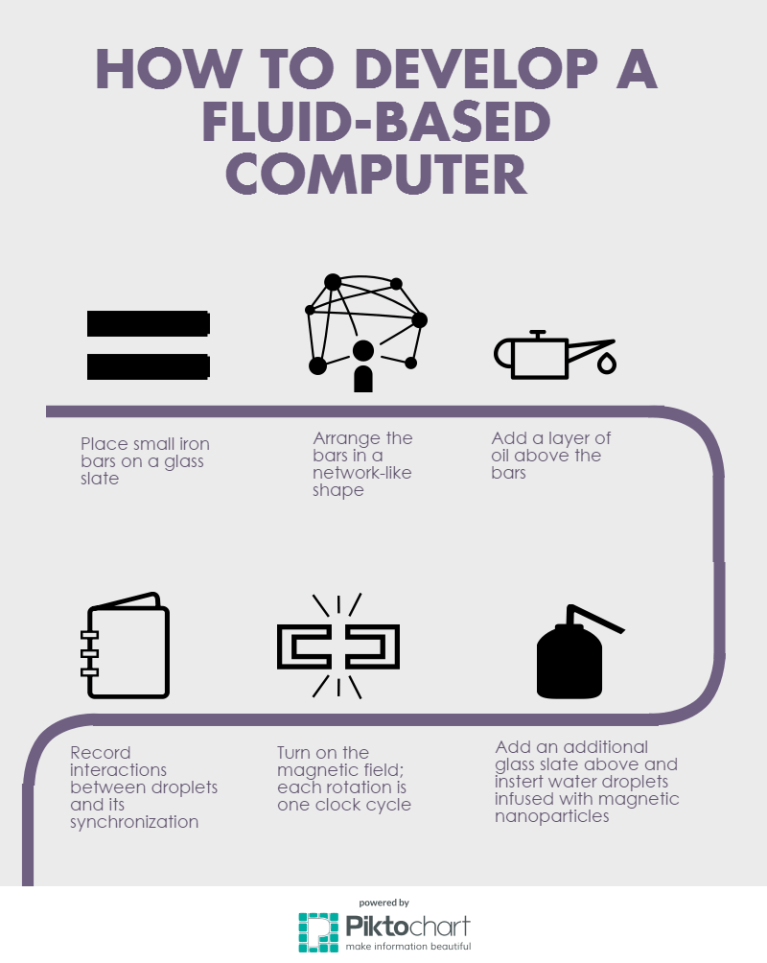Stanford assistant professor of bioengineering Manu Prakash recently published findings and developments on a water-based computer. Although Prakash does not seek to compete with existing electronic computers, he hopes to create a new type of computer that relies simply on controlling physical matter using droplet fluid dynamics.
The computer has been in development since Prakash was a graduate student and is “nearly a decade in the making,” he told the Stanford Report.
The computer, which runs on water droplets, brought together two of Prakash’s significant research areas and theories: manipulating droplet fluid dynamics and using the mechanism of an operating clock.

The team’s water-droplet computer has great prospects for the future. Prakash deemed his work even more exciting because it unveils opportunities for physical computation.
According to Prakash, the team’s water-droplet computer can computationally manipulate matter – specifically tiny water droplets – at exceptionally small sizes known as the mesoscale, something that was not previously possible. Going forward, the team seeks to make the computer’s chips smaller and increase droplet counts in order to add more computing power to the system.
As they advance the computer, Prakash’s team is also working on making its designs available to the public. This release lets others build their own droplet processors, a previously difficult challenge. The team hopes to engage the greater public in order to advance the computer.
“If you look back at big advances in society, computation takes a special place,” Prakash said. “We are trying to bring the same kind of exponential scale up because of computation we saw in the digital world into the physical world.”
Contact Aditi Desai at aditidesai5 ‘at’ gmail.com and Katie Mishra at 8kmishra ‘at’ castilleja.org.
